Home>Furniture>Outdoor Furniture>How To Keep Patio Chairs From Blowing Away
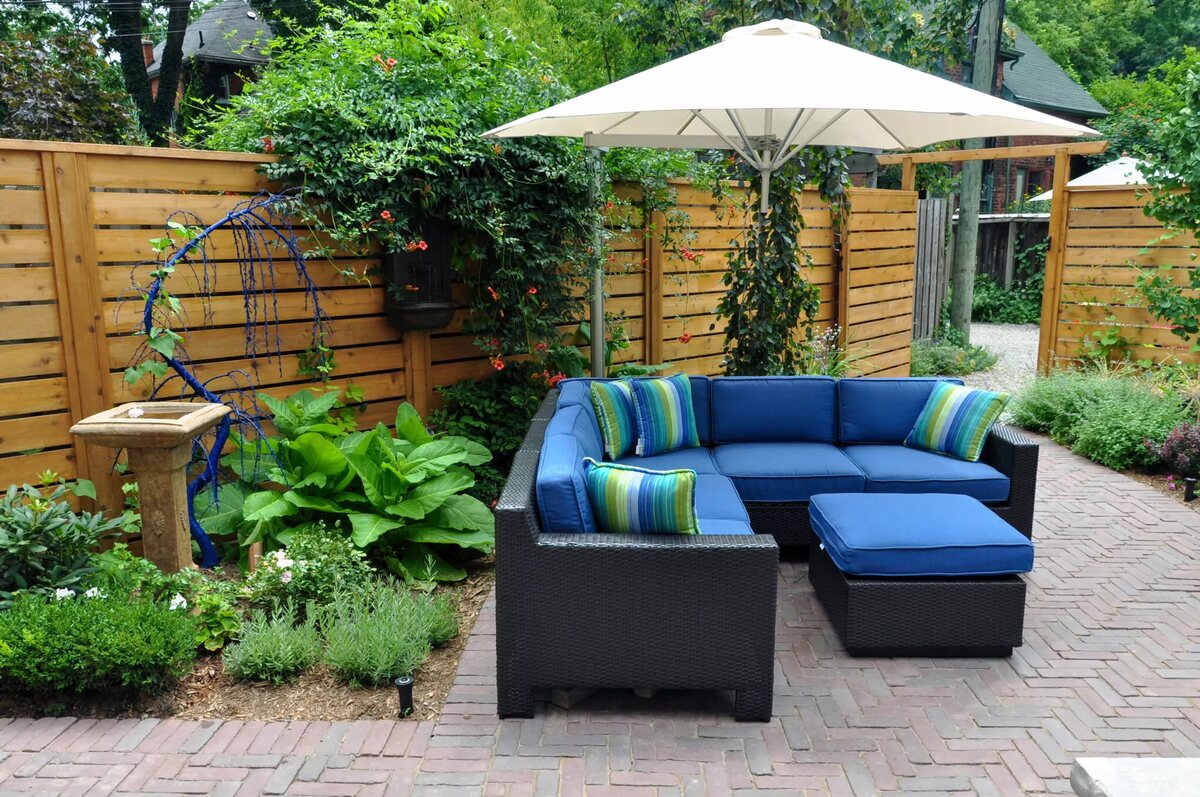

Outdoor Furniture
How To Keep Patio Chairs From Blowing Away
Modified: March 7, 2024
Learn how to keep your outdoor furniture, especially patio chairs, from blowing away in strong winds. Protect your investment and enjoy your patio seating all year round.
(Many of the links in this article redirect to a specific reviewed product. Your purchase of these products through affiliate links helps to generate commission for Storables.com, at no extra cost. Learn more)
Introduction
Welcome to our comprehensive guide on how to keep patio chairs from blowing away. There’s nothing quite like enjoying the outdoors from the comfort of your own patio. However, strong winds can often pose a challenge, causing your patio chairs to go sailing across the yard. If you’ve ever experienced the frustration of constantly chasing down your runaway chairs, you’re not alone.
In this article, we will explore various methods and strategies to keep your patio chairs firmly in place, even on the windiest days. From choosing the right chairs to utilizing tie-down straps and building wind barriers, we will cover it all. By implementing these techniques, you can enjoy your outdoor space without worrying about your chairs taking flight.
So, let’s dive in and discover the best ways to keep your patio chairs grounded and secure!
Key Takeaways:
- Choose sturdy, low-profile patio chairs made of heavy materials like cast iron or teak to resist wind. Test their stability before purchasing.
- Secure patio chairs with weights, tie-down straps, or wind barriers to prevent them from blowing away. Properly store chairs when not in use to extend their lifespan.
Read more: How To Keep Patio Cushions From Blowing Away
Understanding the Problem
Before we jump into the solutions, it’s important to understand why patio chairs have a tendency to blow away in the first place. Wind can exert significant force on objects, and lightweight patio chairs are particularly susceptible. The design of many patio chairs, with their wide open frames and low profiles, makes them prone to catching the wind and becoming airborne.
The wind can be especially problematic if you live in an area with frequent gusts or strong prevailing winds. Therefore, it’s crucial to assess your specific environmental conditions when determining which method will work best for you.
Another factor to consider is the material and construction of your patio chairs. Certain materials, such as aluminum or lightweight plastic, are more likely to be affected by wind than heavier or more solidly built chairs. Keep this in mind as you evaluate the solutions presented in this guide.
Now that we understand why patio chairs often end up blowing away, let’s move on to exploring the different strategies and techniques you can use to keep them securely in place.
Choosing the Right Chairs
When it comes to preventing your patio chairs from blowing away, selecting the right chairs is an important first step. Look for chairs that are specifically designed for outdoor use and are sturdy enough to withstand strong winds.
Here are some key factors to consider when choosing the right chairs:
- Weight: Opt for chairs that have some heft to them. Heavier chairs will be less likely to be moved by strong gusts of wind. Look for chairs made from materials like cast iron, teak, or wrought iron.
- Construction: Chairs with a solid construction, such as those with reinforced frames or crossbars, are generally more resistant to wind. Avoid chairs with open or intricate designs, as these can catch the wind more easily.
- Low Profile: Chairs with a lower profile can help reduce their susceptibility to wind. Look for chairs that have a lower seat height and a close-fitting backrest.
- Anchor Points: Some chairs come with built-in anchor points or tie-down options. These can be used to secure the chair to the ground or to a stationary object.
- Material: Consider the material the chairs are made from. Generally, metal or wood chairs will be more resistant to wind compared to lightweight plastic or wicker chairs.
Before making a purchase, test the chairs by sitting in them and rocking back and forth. This will give you an idea of how stable they are and how well they can withstand movement caused by wind.
By selecting sturdy and well-built chairs, you can significantly reduce the risk of them blowing away during windy conditions.
Securing Chairs with Weights
One effective method to keep patio chairs from blowing away is by securing them with weights. By adding weighted objects to the chairs, you can increase their stability and prevent them from being easily moved by the wind. Here are a few ways you can accomplish this:
- Brick or Concrete Blocks: Place heavy bricks or concrete blocks on the base of each chair to provide added weight and stability. Ensure that the blocks are securely positioned to prevent them from shifting during strong winds.
- Sandbags: Another option is to use sandbags as weights. Fill sandbags and place them on the seat or on the legs of the chairs. You can purchase sandbags from hardware stores or make your own using heavy-duty bags and sand.
- Dumbbells or Weights: If you have access to dumbbells or other weightlifting equipment, you can place them on the seats or attach them to the chair legs. Just be sure to secure the weights properly to prevent them from falling off.
When using weights to secure your patio chairs, it’s essential to distribute the weight evenly and strategically. Placing too much weight on one side of the chair can disrupt its balance and potentially cause it to tip over in strong winds.
In addition to weights, you can also consider using straps or bungee cords to secure the chairs to the ground or to a sturdy object. This will provide an extra layer of stability and prevent the chairs from being lifted by the wind.
Remember to remove the weights and straps when you no longer need them or before storing the chairs to avoid any damage or unnecessary stress on the chair frames.
Securing your patio chairs with weights is a simple yet effective method that can help keep them in place during windy conditions, allowing you to enjoy your outdoor space without worry.
Use heavy outdoor furniture weights or sandbags to anchor the legs of your patio chairs. Alternatively, consider investing in chairs with a heavier base or ones that can be secured to the ground.
Utilizing Tie-Down Straps
Another effective method to prevent patio chairs from blowing away is by utilizing tie-down straps. These straps provide a secure and adjustable way to anchor your chairs to the ground or to a stationary object. Here’s how you can use tie-down straps to keep your chairs in place:
- Step 1: Choose the Right Straps – Opt for durable and weather-resistant straps that are designed for outdoor use. Look for straps with adjustable lengths and strong buckles or fasteners.
- Step 2: Secure the Straps – Wrap the straps tightly around the base or legs of the chairs, ensuring a snug fit. If your chairs have anchor points or built-in tie-down options, utilize those for added stability.
- Step 3: Attach to the Ground or Stationary Object – Once the straps are secured to the chairs, attach the other end of the straps to the ground using stakes or to a stationary object like a railing or post. Make sure the straps are taut and securely fastened.
- Step 4: Adjust and Test – Adjust the tension of the straps as needed to ensure the chairs are firmly held in place. Give the chairs a gentle tug to test their stability and make any necessary adjustments.
Tie-down straps are not only effective for securing patio chairs but can also be used for other outdoor furniture like tables, umbrellas, and even gazebos. They offer flexibility and ease of use, allowing you to quickly secure your furniture during windy weather.
Remember to remove the tie-down straps when they are no longer needed or before storing your chairs. Leaving the straps on for extended periods could cause them to deteriorate due to exposure to the elements.
By utilizing tie-down straps, you can have peace of mind knowing that your patio chairs are securely anchored and will stay in place, even on the windiest of days.
Read more: How To Keep A Patio Rug From Blowing Away
Building Wind Barriers
Creating wind barriers around your patio area can be an effective way to reduce the impact of strong winds and protect your chairs from blowing away. Here are a few methods you can try:
- Fencing or Screens: Install a sturdy fence or privacy screens around your patio to block the wind. These barriers can act as a shield, reducing the force of the wind and creating a more sheltered space.
- Windbreak Walls: If your patio is located in an open area, consider building windbreak walls on one or more sides. These walls can be constructed using materials such as wood, concrete, or stone and should be tall enough to provide adequate protection from the wind.
- Plant Windbreaks: Planting trees, shrubs, or hedges strategically around your patio can serve as a natural wind barrier. Choose dense and sturdy varieties that can withstand strong winds, such as evergreen trees or tall grasses.
- Patio Umbrellas or Canopies: Large patio umbrellas or canopies can provide shade and act as a wind barrier. Opt for models with sturdy frames and consider adding weights or tie-down straps to ensure they stay in place during gusty conditions.
When building wind barriers, it’s essential to consider the direction of prevailing winds in your area. Position the barriers on the side from which the wind most commonly blows to maximize their effectiveness.
Remember, wind barriers may not completely eliminate the effects of strong winds, but they can significantly reduce their impact and help keep your patio chairs more secure.
Storing Chairs Properly
Properly storing your patio chairs during periods of inclement weather or when they are not in use is crucial to preventing them from blowing away and sustaining damage. Here are some guidelines to follow when storing your chairs:
- Clean and Dry: Before storing your chairs, make sure they are clean and dry. Remove any dirt, debris, or moisture by wiping them down with a damp cloth and allowing them to air dry.
- Stack and Secure: If your chairs are stackable, stack them neatly together to save space. Use straps or bungee cords to secure the chairs tightly to prevent them from toppling over during storage.
- Indoor Storage: If possible, store your patio chairs indoors, such as in a garage, shed, or basement. This provides the best protection against the elements and reduces the risk of them being affected by strong winds.
- Covered Storage: If indoor storage is not an option, cover your chairs with waterproof and UV-resistant covers. This will help protect them from rain, sun, and wind exposure. Make sure the covers are secured tightly to prevent them from blowing off.
- Elevated Storage: If storing outdoors, elevate the chairs off the ground by using a raised platform or placing them on pallets. This helps prevent moisture and pests from damaging the chairs.
By storing your patio chairs properly, you not only protect them from blowing away but also extend their lifespan, keeping them in optimal condition for many seasons to come.
Remember to periodically check and inspect your stored chairs for any signs of damage or wear. Address any issues promptly to ensure the chairs remain sturdy and stable when you eventually bring them out for use.
Conclusion
Keeping your patio chairs from blowing away is essential for both their longevity and your comfort when enjoying your outdoor space. By implementing the strategies outlined in this guide, you can ensure that your chairs remain securely in place, even during windy conditions.
Choosing the right chairs that are sturdy and well-built is the first step in minimizing the risk of them being affected by the wind. Securing chairs with weights or utilizing tie-down straps adds an extra layer of stability, preventing them from being easily moved. Building wind barriers and properly storing your chairs when not in use further protect them from the elements and reduce the chances of them blowing away.
Remember, it’s important to assess the specific environmental conditions in your area and choose the methods that will work best for you. What works in one location may not be as effective in another, so adapt the strategies to suit your needs.
By taking these proactive measures, you can enjoy your outdoor space without the constant worry of chasing down runaway chairs. So go ahead, create a cozy and secure patio environment and make the most of your time outdoors!
Thank you for reading. We hope this guide has been helpful in providing you with the knowledge and techniques to keep your patio chairs grounded.
Frequently Asked Questions about How To Keep Patio Chairs From Blowing Away
Was this page helpful?
At Storables.com, we guarantee accurate and reliable information. Our content, validated by Expert Board Contributors, is crafted following stringent Editorial Policies. We're committed to providing you with well-researched, expert-backed insights for all your informational needs.
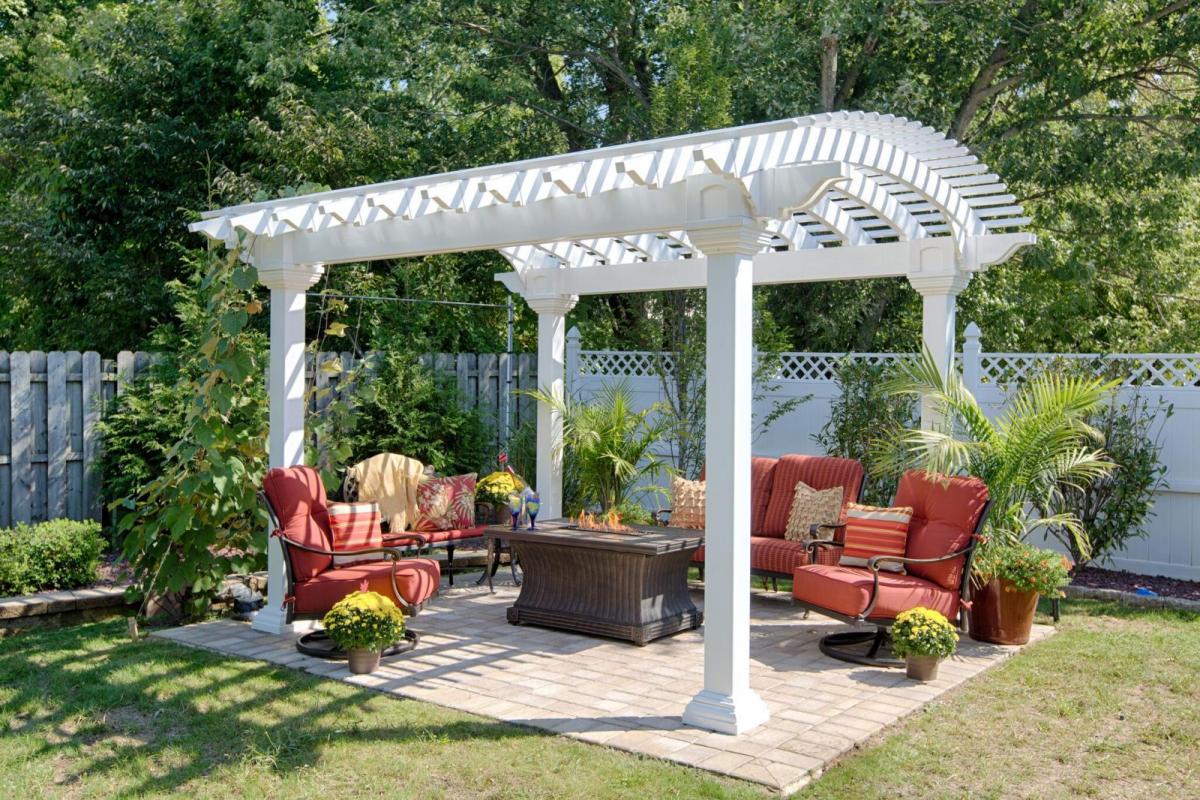
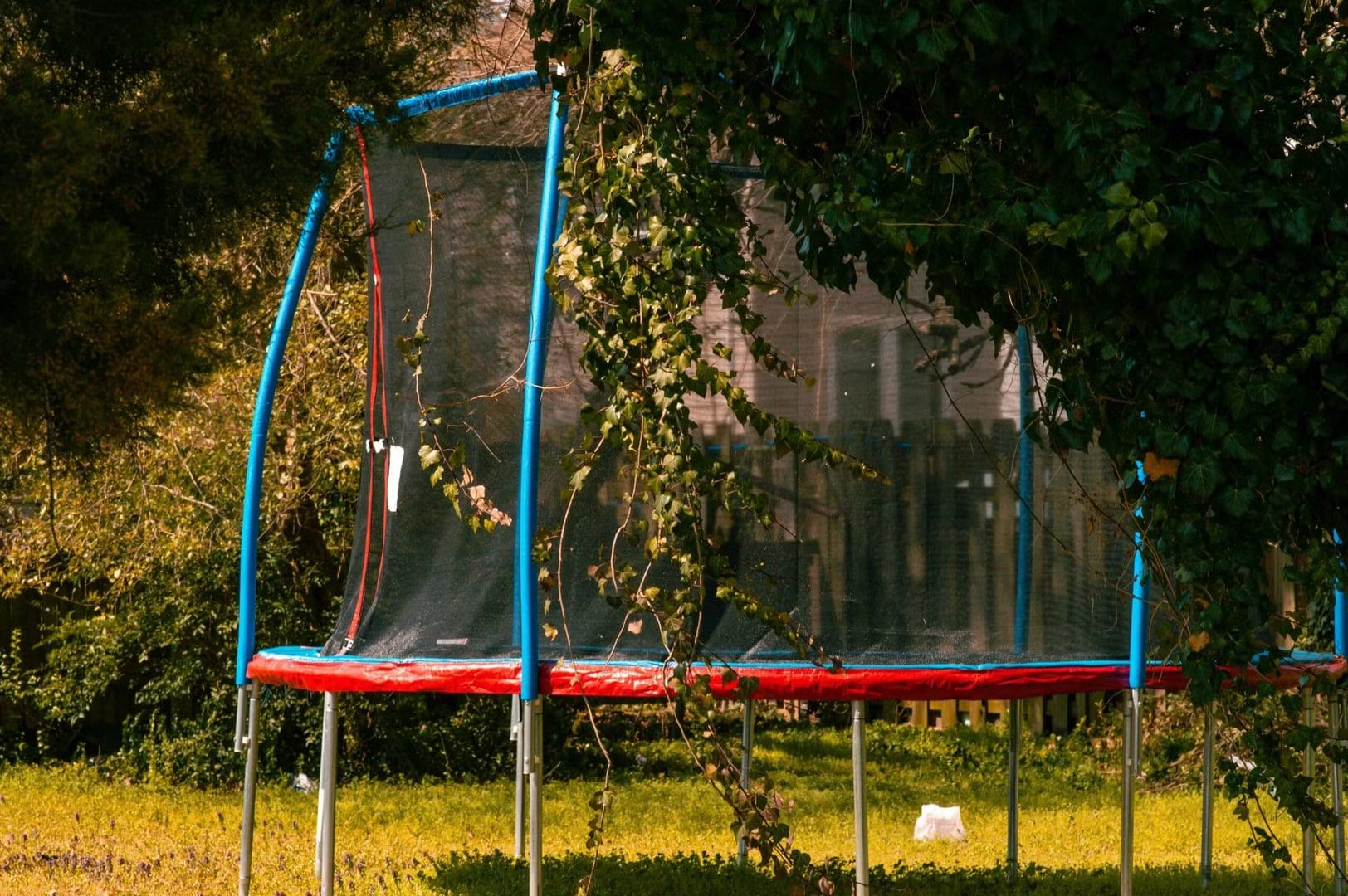
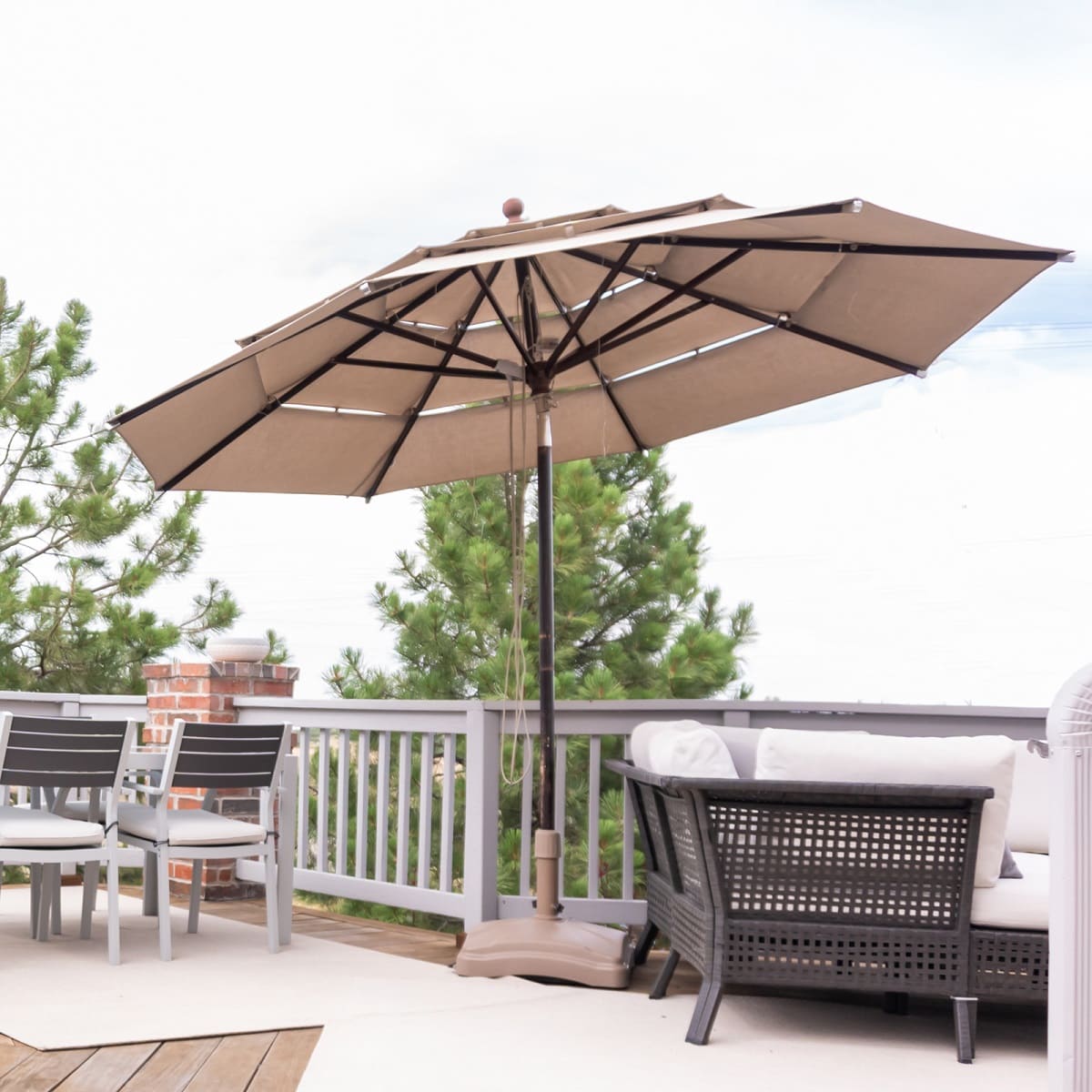
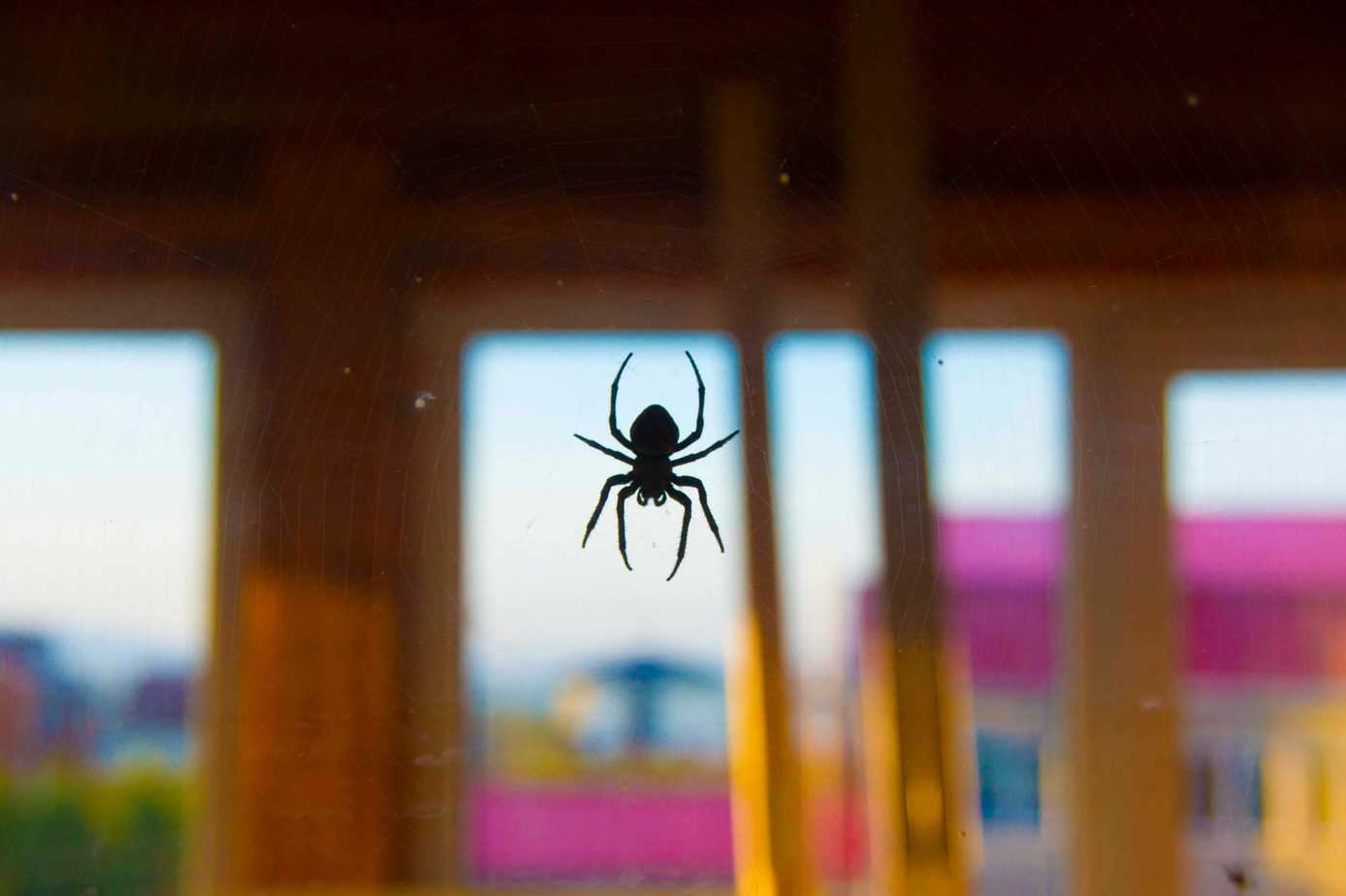
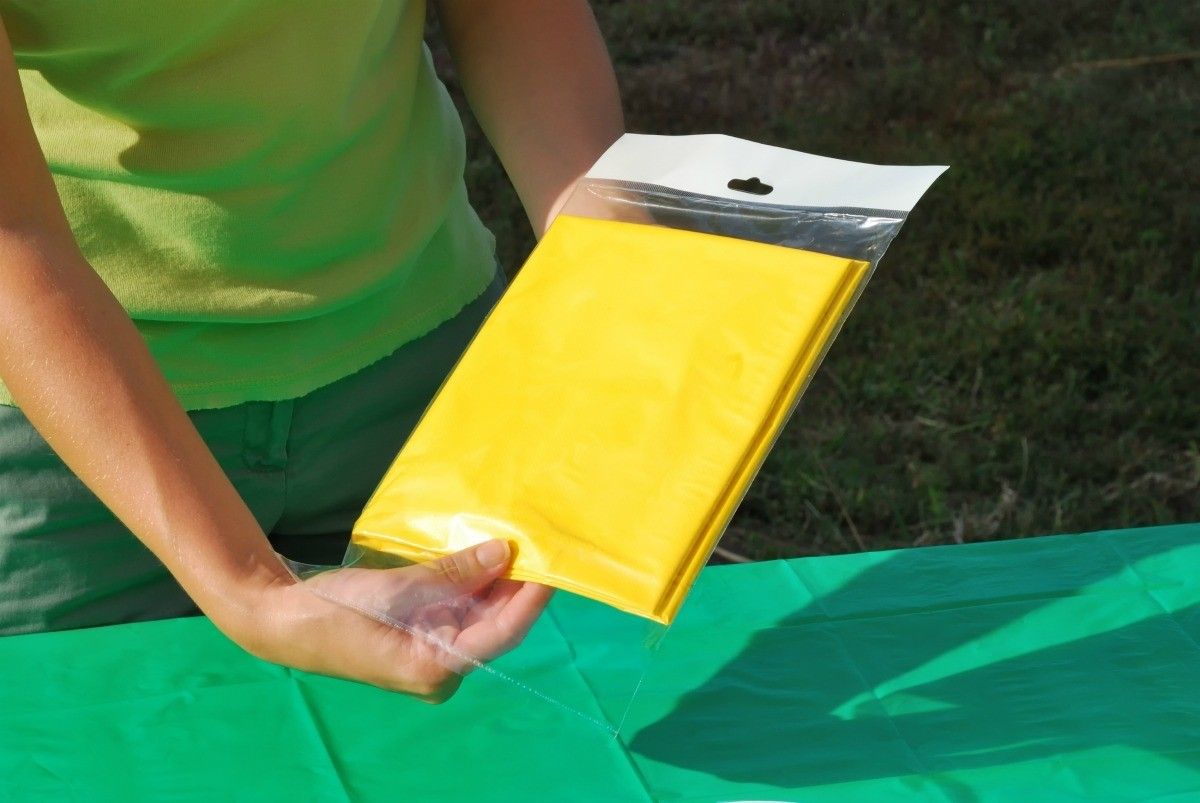
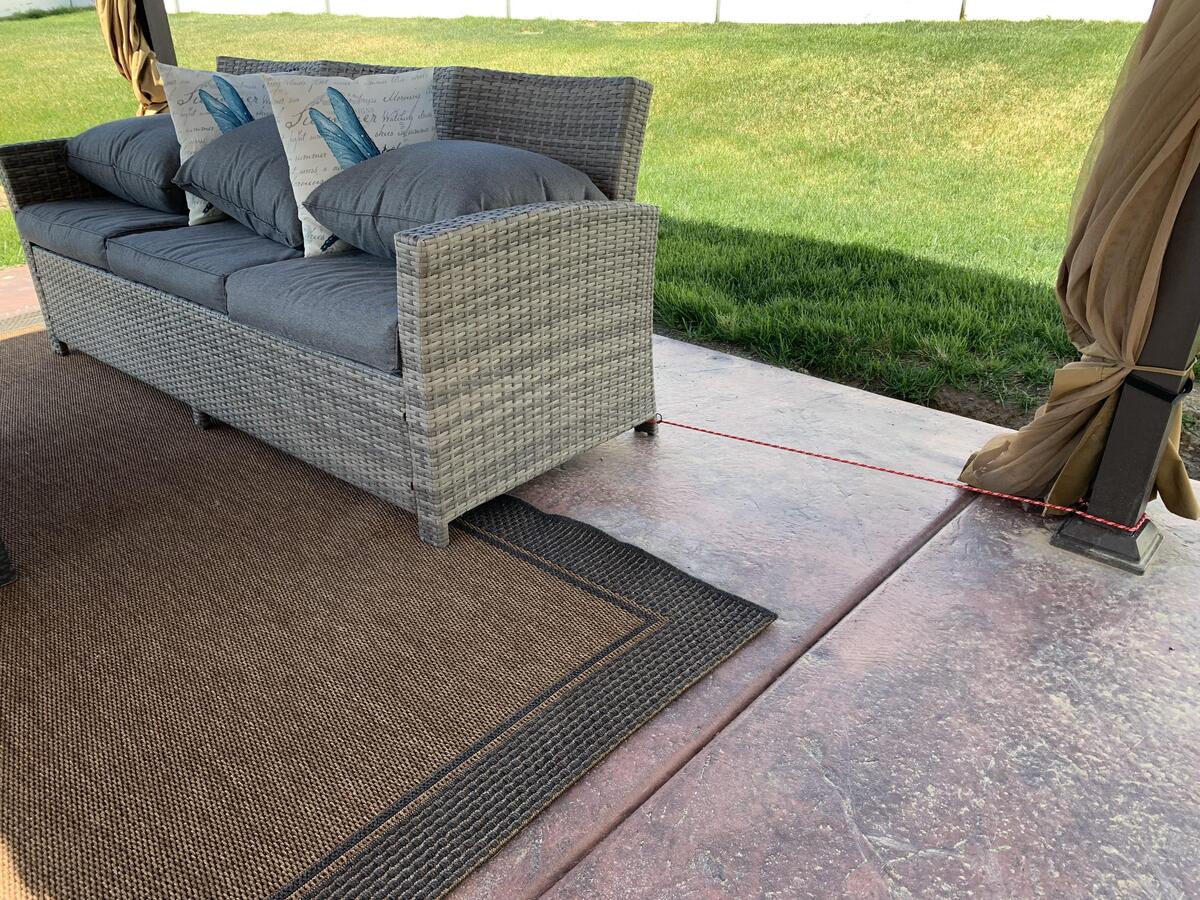
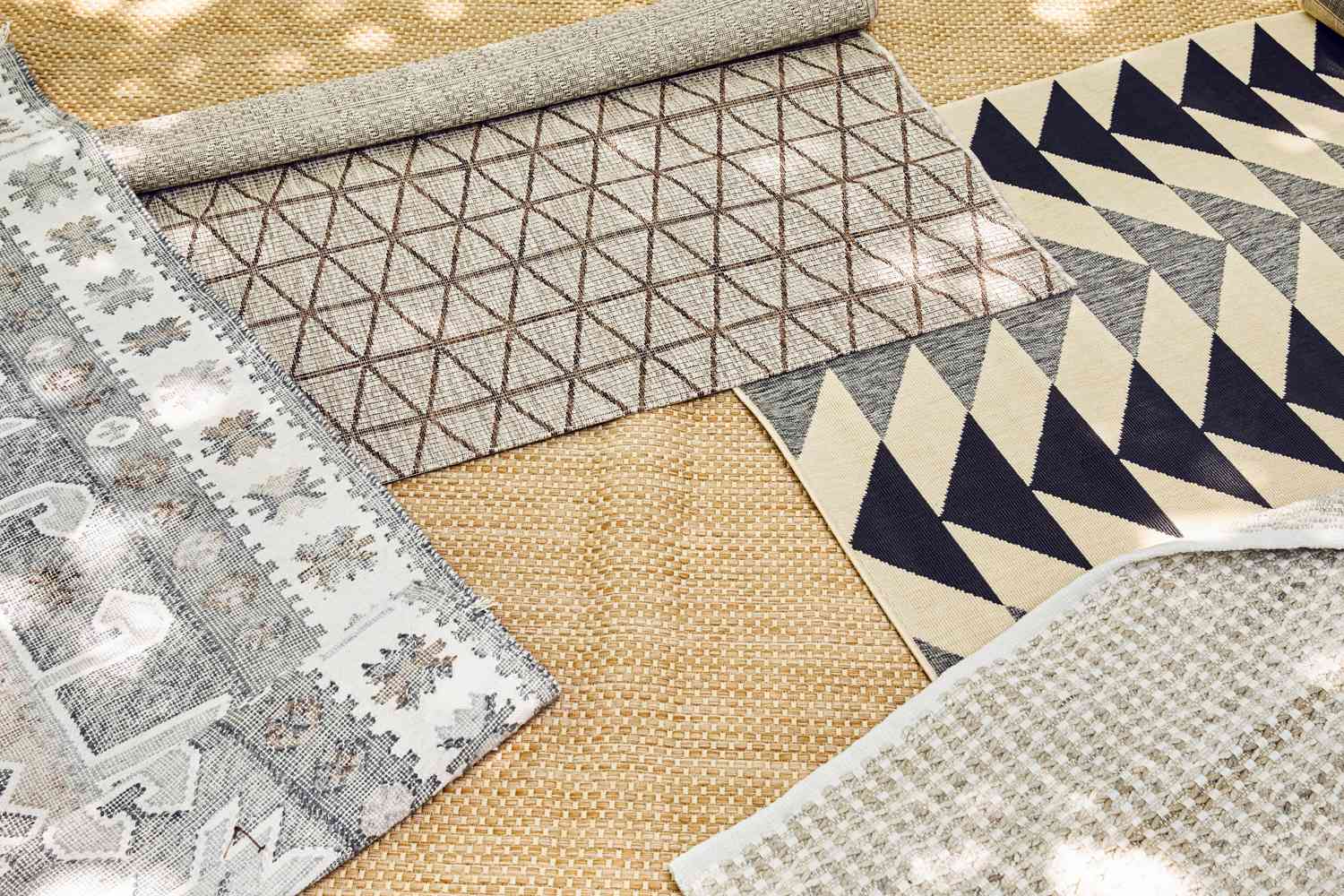
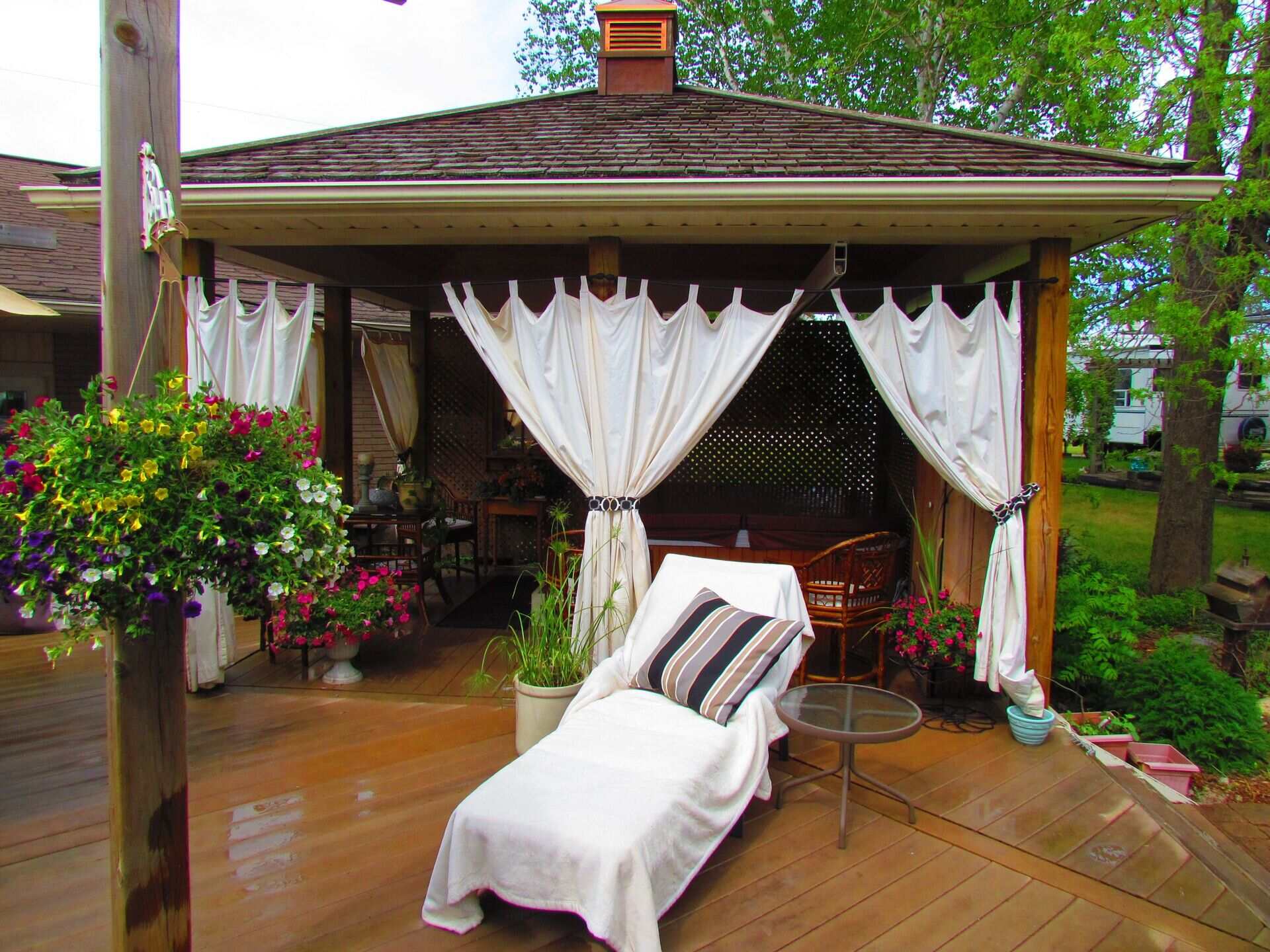

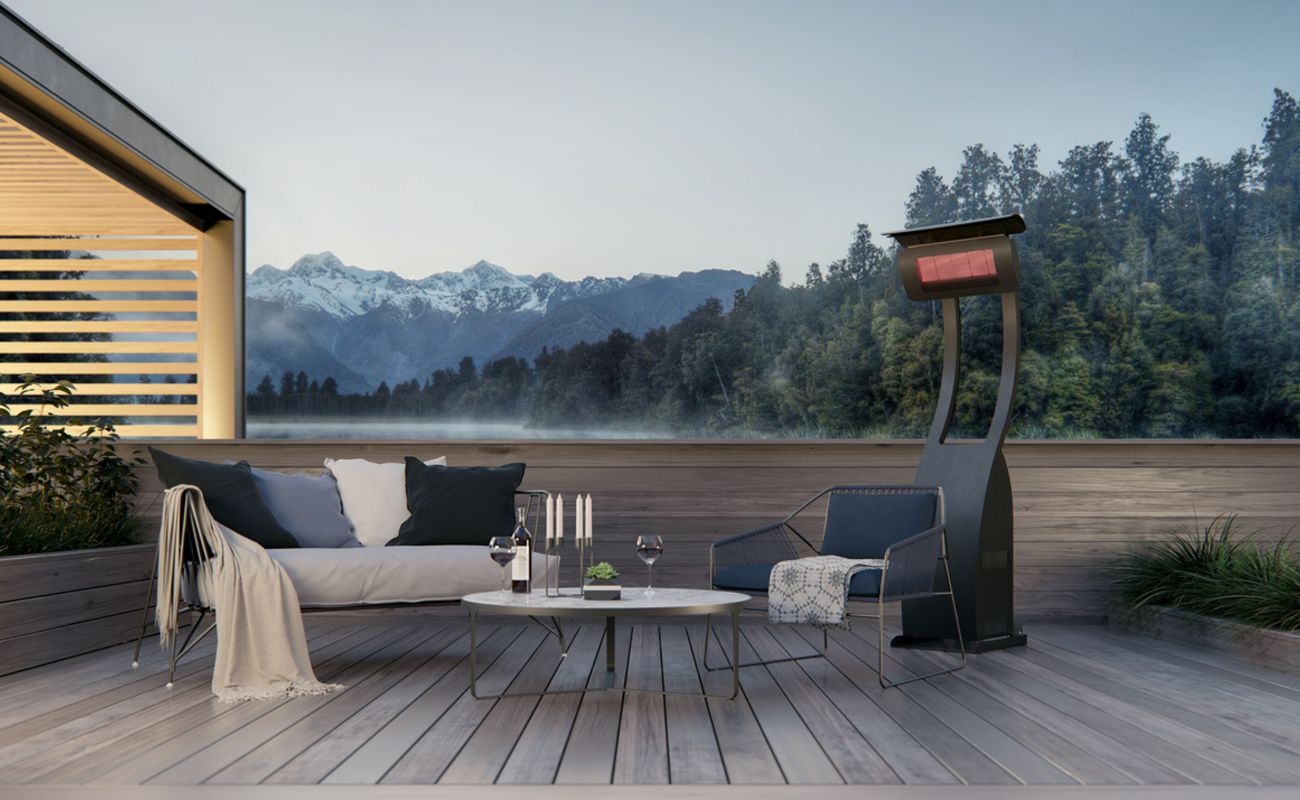
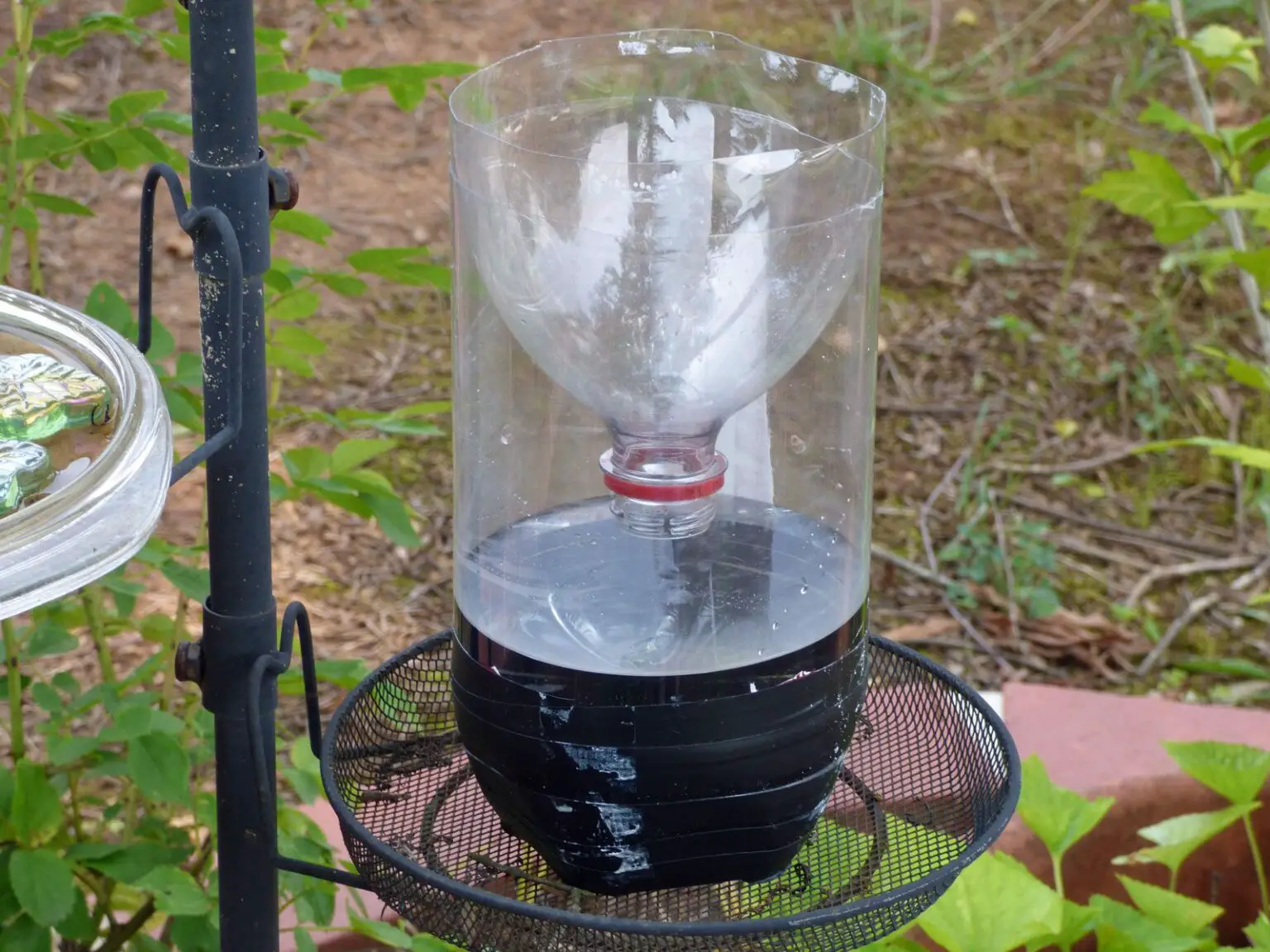
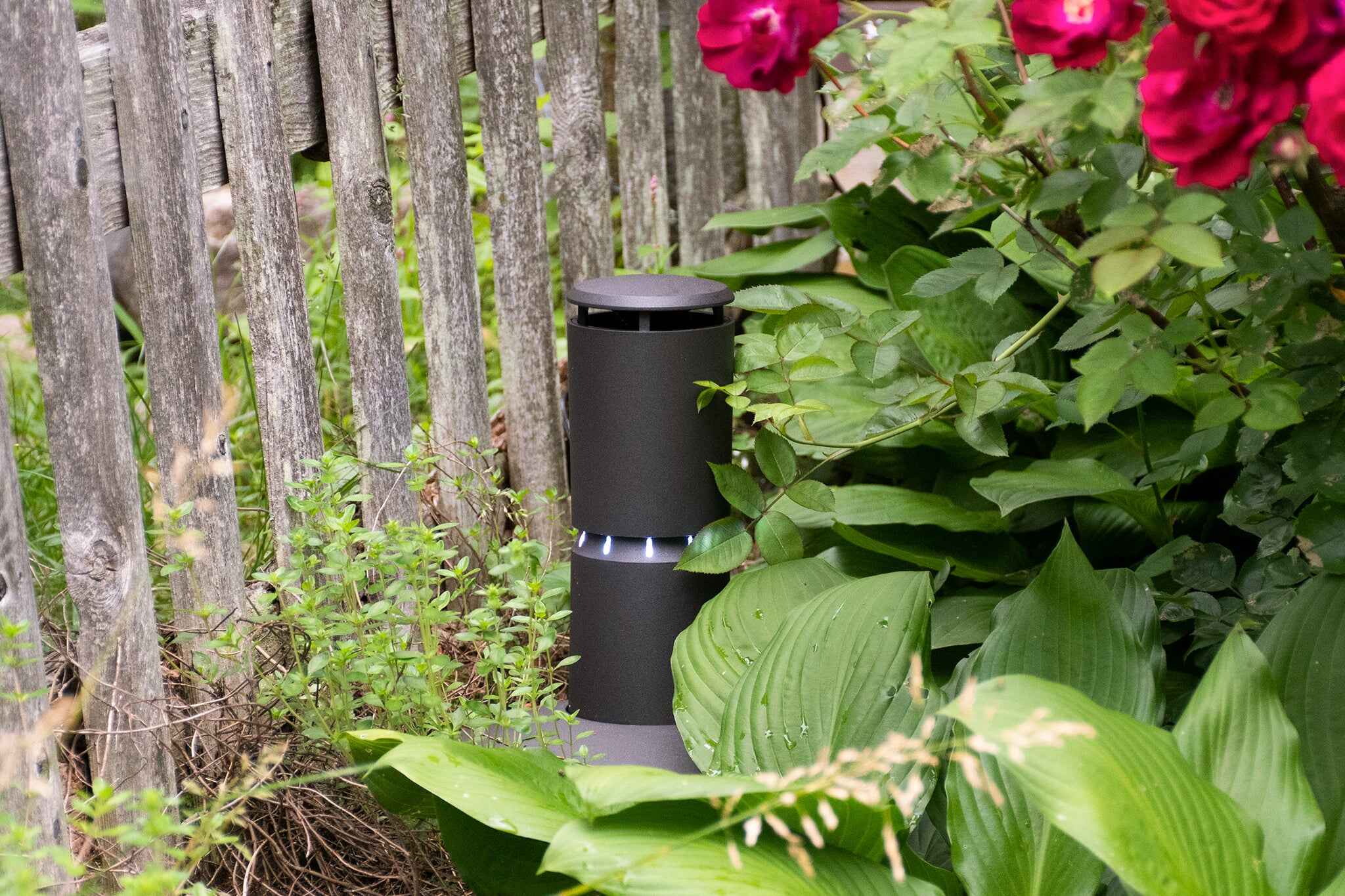



0 thoughts on “How To Keep Patio Chairs From Blowing Away”